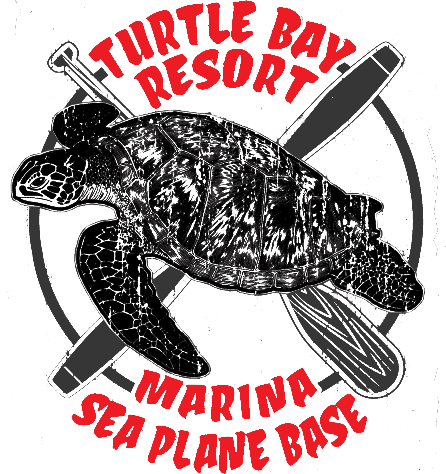Kalamalka Lake: Treasure of the Okanagan
One Lake Becomes Two
At one time Kalamalka Lake and Wood Lake were known as a single lake referred to by the Okanagan Indians as "Chilutsus" (Chil-loot-sus) meaning "long lake cut in the middle". The isthmus separating the two was called "The Railroad" which "likely referred to a rail (corduroy) road made by the Okanagan people by cutting and laying down closely intertwined poles or willows to facilitate their crossing of the isthmus."
We recognize this land strip today as part of Oyama with Oyama Road running alongside the shore of Wood Lake and Kaloya Regional Park shoring the Kalamalka side. There was once a creek joining the two lakes until 1908 when a navigational canal was built between the two bodies of water and still exists today. It is said that Wood Lake dropped by four feet when the canal was made until it was finally level with Kalamalka.
Today Kalamalka Lake is measured as having a maximum length of 16 km, a max width of 3 km and a surface area of 25.7 km squared. The average depth is 58.5 metres with a max depth of 142 metres. Water from Kalamalka Lake is used to supply drinking water for the city of Vernon.
The Name
As was just mentioned, the First Nations name for this lake was originally "Chilutsus". By 1851 though, the White settlers were referring to the northern lake as Long Lake and the southern one as Pelmewash Lake ((thus the name of the new parkway). The name of Pelmewash Lake was later changed to Wood Lake in honour of Thomas Wood, an Eastern Canadian who moved from Vernon and settled there.
So why is the northern lake - the one which we all love so much - now called Kalamalka Lake? Well, first of all, there is no evidence to suggest that the name means "lake of many colours". Kalamalka (possibly a form of Kenamaska) was the name of a popular Indian Chief who lived at the northern head of this beautiful lake - it was he for whom this lake was named.
The Parks
Kalamalka Lake is home to two provincial parks, a regional park, many beautiful beaches (including the famous Kal Lake Beach with its pier at the north end of the lake) and many gorgeous bays such as Kekuli, Jade, Juniper and Cosens Bays.
Kalamalka Lake Provincial Park encompasses the Kalamalka Lake Protected Area (formed in 2001) and the Couger Canyon Ecolgical Reserve (formed in 1981) and comprises 4209 hectares of land alongside Kalamalka Lake. Kal Park is a local hotspot for hiking, swimming, beach-going and cliff diving.
Kekuli Bay Provincial Park was established in 1990 on the west side of the lake. It is named for a Native Indian dwelling place called a kekuli. These kekulis were subterranean homes (pit houses) with log roofs. There is archaeological evidence of these and other Okanagan Indian artifacts in both provincial parks. Kal Lake and its parks were also used for combat practice during WW2. "During the war amphibious assaults were practiced on Kalamalka Lake, with the ships launching from Keluli Bay. Guns would be firing as they approached Cosens Bay."
The Colours
Kalamalka Lake is "one of a handful of unique bodies of water known as marl lakes". In the summer as the lake warms, calcium carbonate, or limestone (left by past glaciers), forms crystals that reflect sunlight. This results in a breathtaking array of blue, green and turquoise colours. When the lake cools in the winter the crystals dissolve and the normal blue colour returns.
These ever changing colours and hues on the lake, along with its remarkable history and geography, truly solidify it as one of the Okanagan's most cherished treasures.



